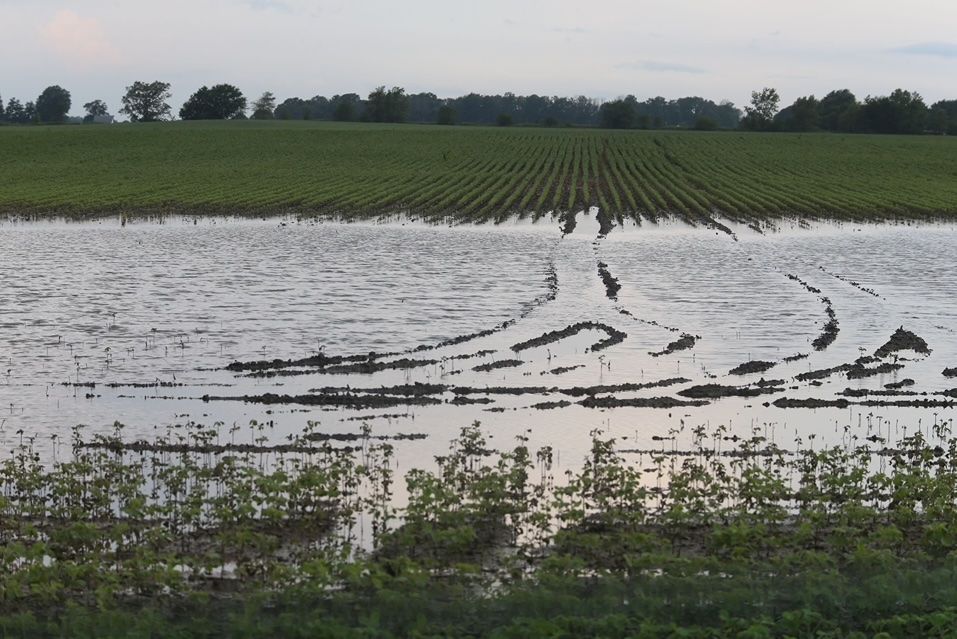Scouting Key to Managing Kudzu Bug

Three tips for protecting your yields from this soybean pest
The kudzu bug was detected in the U.S. in 2009 and has been damaging soybean yields in a growing number of states ever since. The small insect can cause up to 60 percent yield loss in soybeans. Clemson University Professor of Entomology Jeremy Greene, Ph.D., recommends the following management practices to protect your fields from this pest.
- Scout your fields. Kudzu nymphs are easily found on the stems, petioles and leaves of soybeans, often congregating at the nodes of the stem. Insect establishment can begin as early as the V3 growth stage. Nymphs usually appear during the late vegetative or early reproductive growth stages. Keep in mind that kudzu bugs have two generations per year, and both generations can be a problem in early-planted soybeans.
- Know the economic threshold. Use a sweep net to take 10 samples that are representative of the entire field. Alternatively, look into the canopy in 10 different parts of a field. Treatment is recommended when nymph populations have reached at least one nymph per sweep or when nymphs are easily found on main stems, leaf stalks or leaves. Treatment is not recommended for control of adult bugs as they can escape treatment and quickly return to re-infest the field.
- Use appropriate insecticide treatments. Once the kudzu bug population has reached the economic threshold, consider applying an insecticide in the pyrethroid class. Insecticide treatments should target kudzu bugs during the nymph stages. Be sure to follow recommendations from your local land-grant university.



